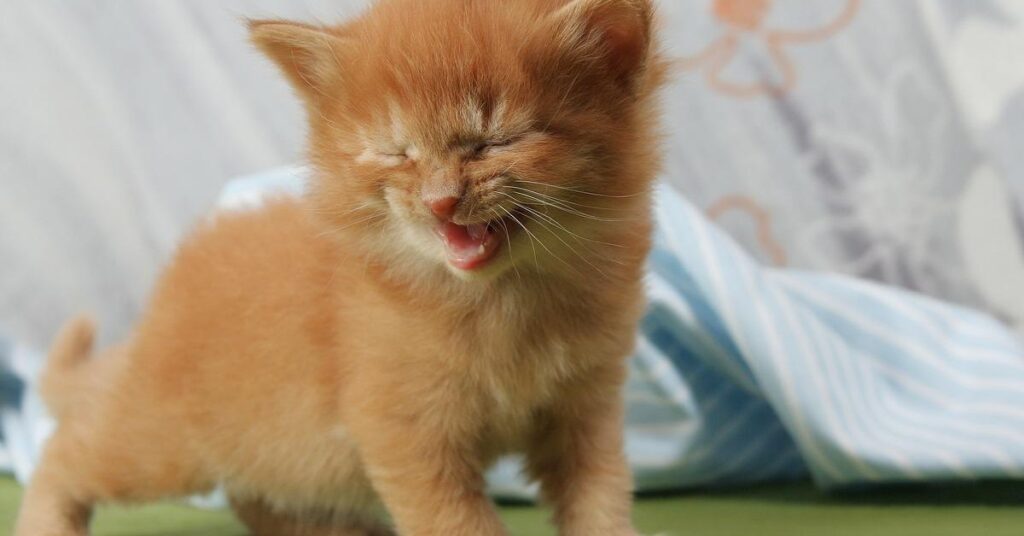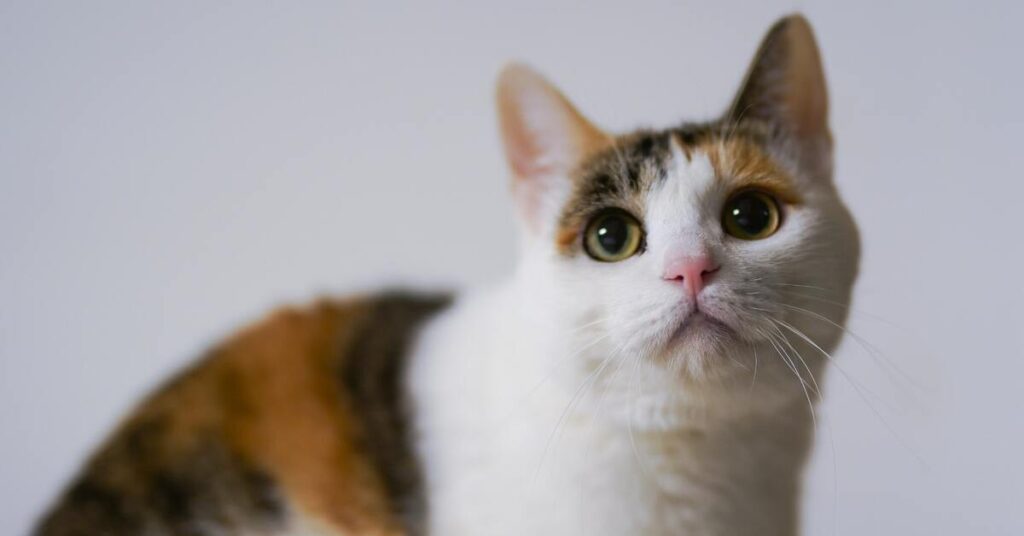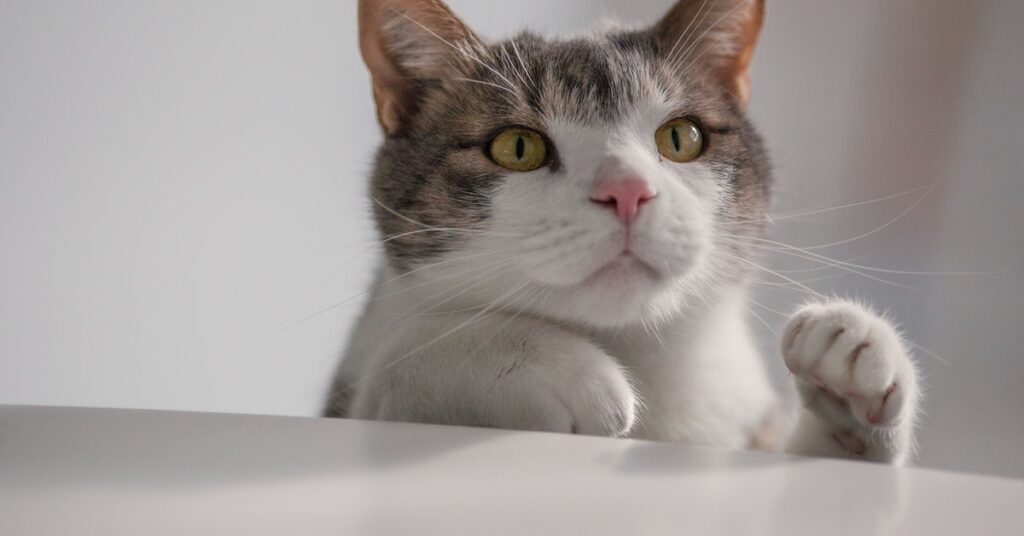There are several pros and cons of both long-haired and short-haired cats. Long-haired cats are generally more expensive but require more grooming. To maintain your cat’s beautiful coat, you should groom it at least four or five times a week. Long-haired cats require more frequent vet visits for professional trims. However, long-haired cats tend to shed less, so you can spend more time with them.
Do you prefer a cat with long or short hair?
Both long-haired and short-haired cats have the same personality. The personality of your pet is influenced by genetics and the environment it lives in. The type of bond you develop with your pet will also affect its personality. Having a long-haired cat means brushing it more frequently. Long-haired cats also tend to accumulate mats and knots.
Read more about Long Hair Cat Haircut – How to Choose the Right One for Your Cat
Does a cat with long or short hair shed more?
Long-haired cats are known to shed more than their short-haired counterparts. The coats of both types are similar in appearance, but some have more dense hair than others. The shedding process is a necessary part of cat grooming and is important for keeping your cat’s coat in good condition. The long-haired variety tends to shed more because it has a longer gene pool and a thicker coat.
Some breeds have short or curly fur, and others have hairless coats. This is especially true of the Cornish Rex, which has short, fine hair and minimal shedding. A long-haired cat will shed more than a short-haired cat and will need special care. If you’re allergic to cat hair, a hairless cat might be an excellent choice.
While all cats shed, some are more prone to it than others. Longhaired cats may have more shedding, particularly in warm environments. Shorthaired cats may shed less frequently, but they will cover a smaller area more quickly. Similarly, short-haired cats will shed more during the spring and fall months. A cat’s coat will change color during these seasons, but it will be a gradual process.
In addition to the different types of coats, cats with undercoats may also shed more than cats without them. Identifying the undercoat can help you decide if your cat is shedding excessively. It also helps you bond with your cat. Brushing your cat regularly can reduce the shedding process. Also, remember to vacuum your home, especially if your cat has long hair. While a short-haired cat may not need as much grooming, you should avoid letting the fur accumulate on your carpets and furniture.
Long-haired cats are also prone to the shedding curse. Compared to short-haired cats, “rex” breeds are less likely to shed, but still, need brushing. This is also true for some mixed-breed cats, like the Himalayan cat. A hairless cat, on the other hand, is known as the sphynx.
Regular brushing can help minimize the amount of hair your cat sheds. Daily brushing not only removes loose hair but also keeps your cat’s skin and coats healthy. A healthy coat means less shedding. However, it is vital to start the grooming process slowly, so make sure to stop before your cat starts protesting. To make grooming easier, offer treats. Give your cat something to nibble on every time you brush.
Read more about 15 Best Cat Carrier, You Must Have One
Does a cat with long or short hair need more grooming?
While cats with long hair are a rare breed, they do need regular grooming. A good quality grooming brush is essential. Long-haired cats need extra grooming, as they are more prone to mats and tangles. Grooming your cat is also beneficial for the health of its skin and coat. You can read about cat grooming tips from Jennifer Ross in her article “Does a cat with long or short hair need more grooming?”
Long-haired cats may need more grooming than short-haired cats. Brushing a short-haired cat daily can reduce shedding and bonding between you and your cat. Short-haired cats will also shed more, so make sure to vacuum your carpets and furniture at least two or three times per week. A daily brushing routine can also help reduce your cat’s need for baths.
A long-haired cat tends to produce more dander, a source of allergens. Long-haired cats tend to groom their fur more, which leads to more dander. Allergens in long-haired cats are higher than those in short-haired cats, so it is important to regularly wash your cat’s coat to protect yourself from allergies.
If you’ve never groomed a cat before, it’s time to get started. Even though cats are capable of grooming themselves, they do need a little help to keep their coat healthy and clean. Short-haired cats, on the other hand, require frequent brushing by their owners. Short-haired cats need brushing more often, but long-haired cats require brushing every two to three weeks. Short-haired cats do not need a lot of grooming, but long-haired cats need to be brushed regularly to prevent matting. A sanitary shave can also create a clean potty area for your cat.
Long-haired cats need more grooming than their short-haired counterparts. Long-haired cats tend to shed less than their short-haired counterparts, but their long coats are more prone to matting. If your cat needs to be groomed, use a detangling brush. Your cat will appreciate the time spent grooming.
Cats are creatures of habit and enjoy daily rituals. Regular brushing is essential to prevent mats, which can lead to painful infections and even death. The best way to remove mats from your cat’s coat is to brush it daily. If you’re busy with other activities, give your cat time to groom herself daily or weekly. And remember, cats have different grooming needs – long or short-haired?
Read more about Why is My Cat So Hyper?








